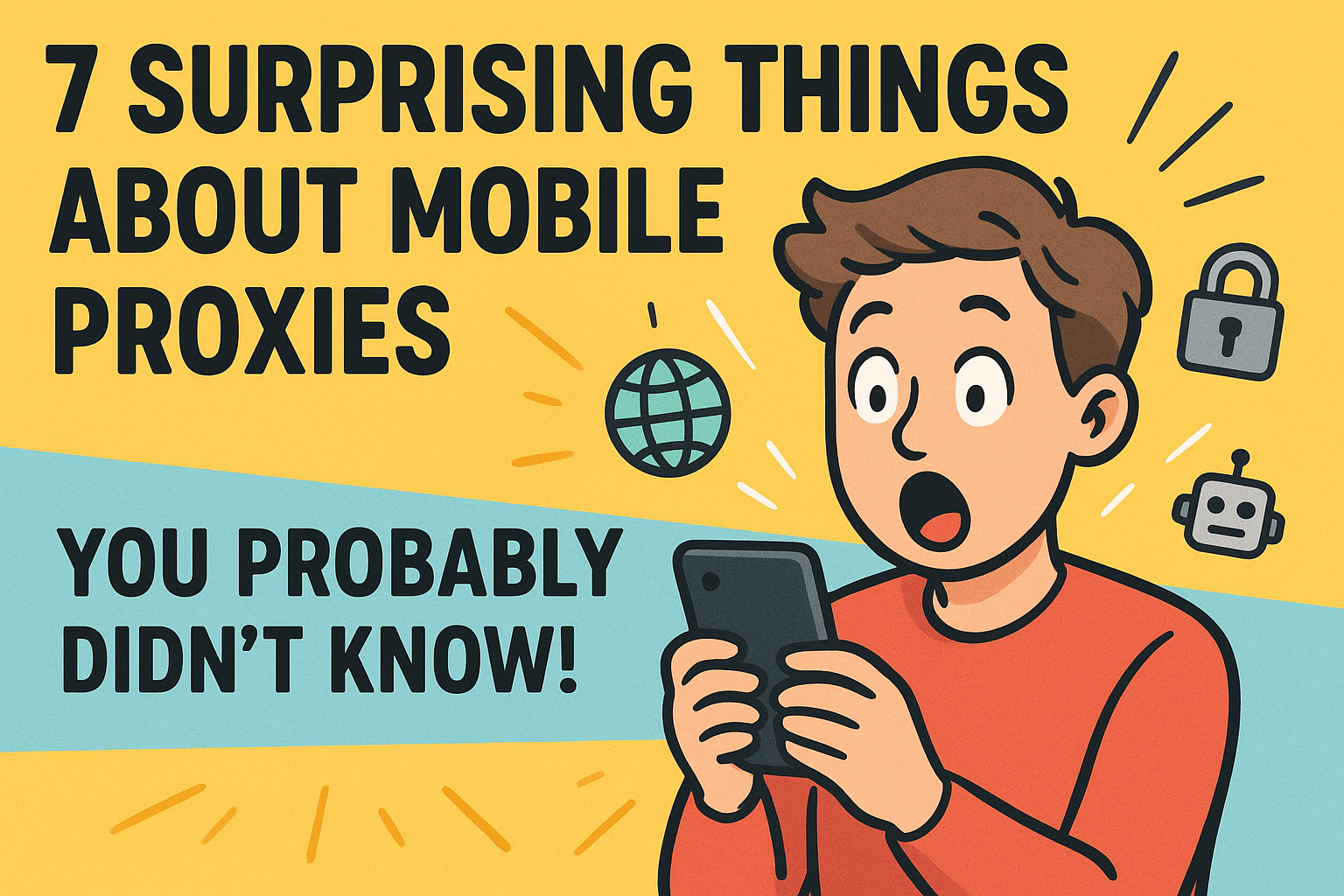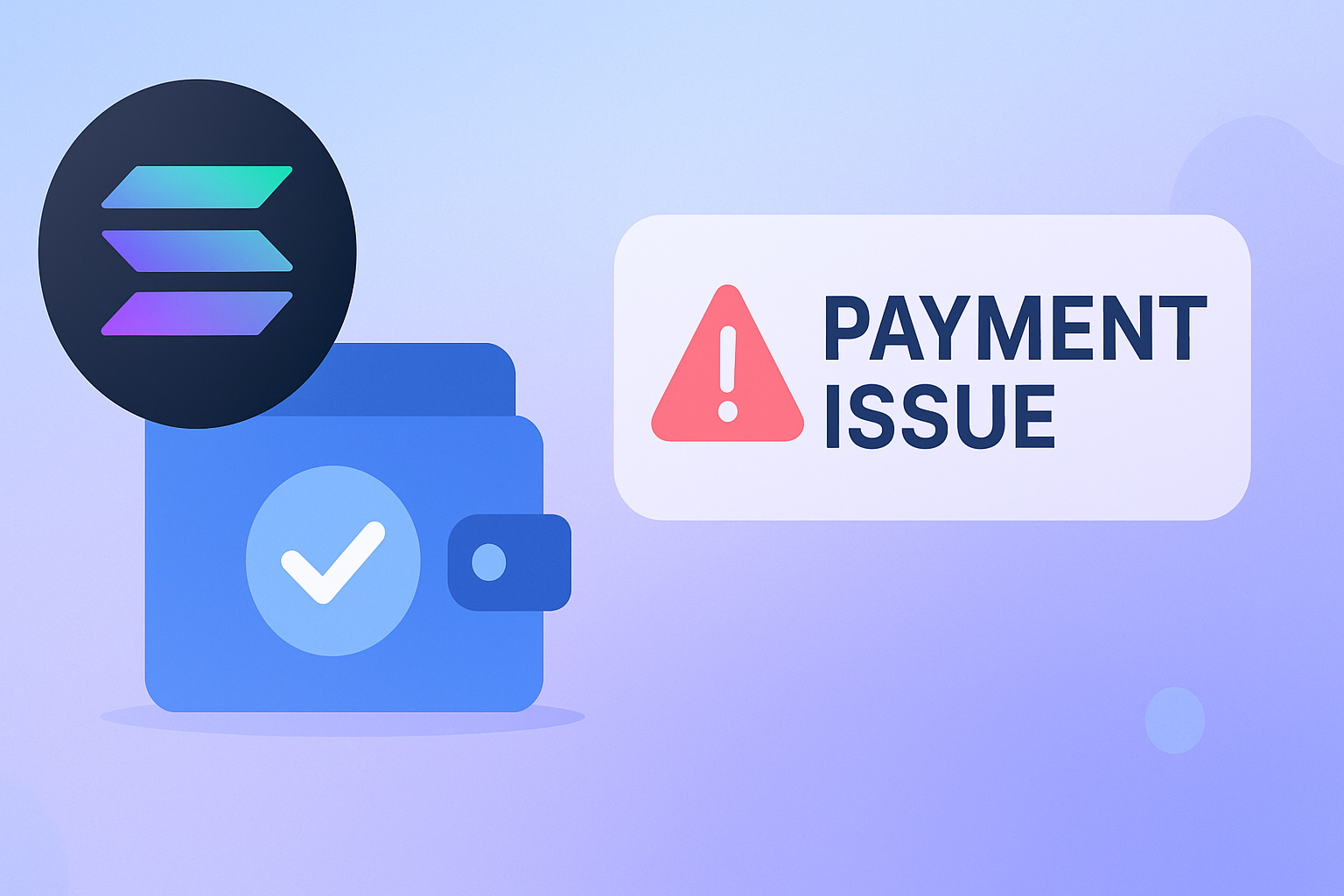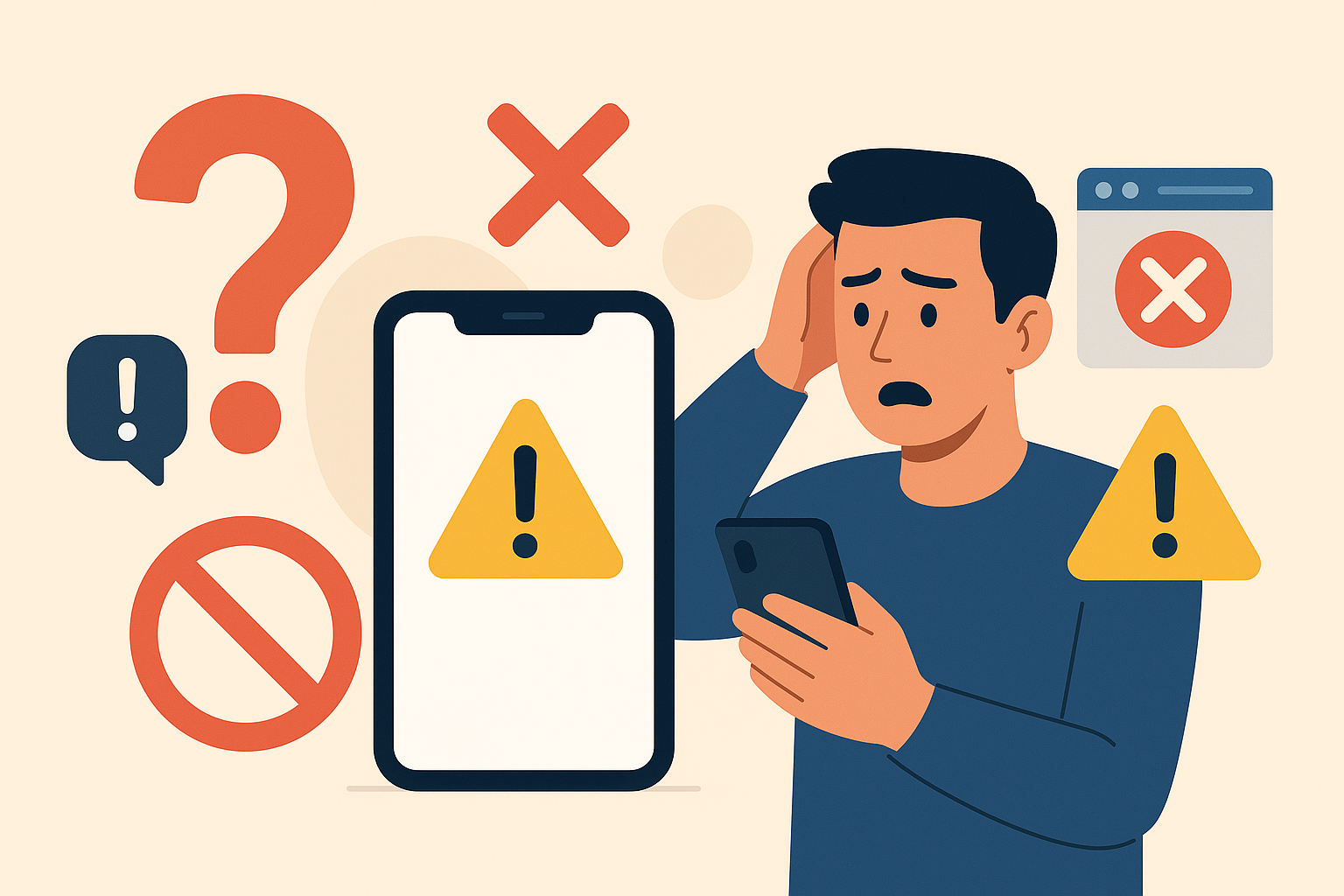We get questions several times a day in various forms:
- My proxy isn't working
- My proxy is too slow
- The speed isn't as advertised
- My proxy is disconnecting
- My IP isn't rotating when I reboot
- My port isn't changing when I reboot
- The "fraud score" of my proxy is high
Unfortunately, a lot of these end up being non-issues, for example (these are discussed in more detail below):
- My proxy isn't working: the proxy was configured with the wrong password
- My proxy is too slow: speed tests report low speeds, but the use-case actually works fine
- The speed isn't as advertised: the user of the proxy is in a country that throttles proxy traffic
- My proxy is disconnecting: user has left auto-rotate on, so the device reboots every 5 minutes causing disconnects
- My IP isn't rotating when I reboot: confusion between the IP you connect to (gateway IP) and the IP of the device itself
- My port isn't changing when I reboot: the port never changes
- The "fraud score" is high: this is a metric invented by another business to sell their product and is not applicable to mobile proxies
However, we still take reports that the service is not working seriously. But, in order to do this, we need precise information about the specific problem. This helps us prioritise the highest impacted services first and identify patterns or more wide-spread issues (e.g. complaints on a specific network, device type, or country).
We'll also address common complaints and misunderstandings in this post.
My proxy isn't working
This sounds obvious, but almost every complaint of this is due it being configured incorrectly. Please check, and re-check:
- Proxy type: it should either be SOCKS5 or HTTP. Your software must match the proxy type in the dashboard. We do not support SOCKS4, and HTTPS traffic is securely tunneled over HTTP - we cannot inspect, edit, view, or tamper with the traffic. Do not use SOCKS4 or HTTPS proxy types in your software.
- Username: do not re-type this information. Instead, copy and paste.
- Password: do not re-type this information. Instead, copy and paste.
- IP: do not re-type this information. Instead, copy and paste.
- Port: do not re-type this information. Instead, copy and paste.
If you are certain you have entered the details correctly, try using alternative software (please note, Google Chrome does not support SOCKS5 proxies that require authentication). The best alternative is to use curl, which is available on Windows (Linux subsystem), Linux, OSX using this simple method:
curl whatismyip.akamai.com --proxy CHANGEMEReplace CHANGEME with the connection URL from your dashboard. For example:
curl whatismyip.akamai.com --proxy socks5://myusername:mypassword@1.2.3.4:12345/If it works, it will look like this
curl whatismyip.akamai.com --proxy socks5://myusername:mypassword@1.2.3.4:12345/
45.21.223.31This means the IP of the device is 45.21.223.31, and you have connected successfully, indicating there was a problem with the software you were previously trying.
Reporting an issue
If you have tried the above and it did not resolve your issues, report it to us. In your report, you must include clear screenshots of each of the 5 parts of the configuration, above. You cannot mask any details, so if the password is not visible, we cannot definitively help you. In these cases, we will simply connect using your details to show the proxy works, and you will need to work with your software vendor to understand why the proxy does not work for you.
My proxy is too slow / the speed isn't as advertised
We commonly receive speed test complaints from popular sites such as speedtest.net. Unfortunately, speed tests can only be used to diagnose an issue, and are not an issue in their own right.
It's much more important that we verify real-world speeds based on your use-case. For example, if your plan is to scrape Instagram, it's much more useful for us to see how well Instagram loads for you, rather than a speed test site.
Secondly, speed tests vary greatly based three main factors: (a) where you are connecting from (b) where the proxy is and (c) where you are connecting to.
Factor 1: Where you are connecting from
The further you are from the proxy, the exponentially worse the connection will be. This is because each TCP packet has to be buffered several times, including by a less-than-perfect wireless connection (the mobile proxy), so a quick and bursty speed test does not provide a representative example of real-world performance.
To get the best speeds, ensure you are connecting from a server in the same country as the proxy you want to use.
Factor 2: Where the device is
The devices are located in real world cities, that get affected by real-world events such as:
- Culture: performance at peak times (e.g. Friday/Saturday night in London) will always be a little worse than regular evening performance
- Time of day: performance overnight in the local timezone will always be significantly better than during the day
- Congestion: wireless networks get naturally congested over time, and masts require their own maintenance
- Significant crowds: large crows at stadiums or nearby festivals drastically cut-down performance due to masts becoming overloaded
Therefore, using the device at off-peak times will enable you to make the most of the available speeds.
Factor 3: The server you are connecting to
Not all servers are made equal. In particular, speed test servers are designed for that simple purpose, to perform bursy speedtests. However, our proxies, and mobile networks and devices in general, are optimised more for web traffic, and general browsing - which is not accurately representated by a speedtest.
Imagine your home connection. If it's 10Mbps, and your favourite website fully loaded in 2 seconds, would you expect it to take 0.2 seconds if you upgraded to 100Mbps? The answer is no - because there is substantial overhead to browsing that is not measured by pure speed, and a speed test does not take this into account.
Reporting an issue
As mentioned above, we don't take speed tests as a problem in their own right. Therefore, to look at a performance issue, please send us a video showing:
- Evidence you are using our service (e.g. visit myip.wtf or similar so we can clearly see it's using our proxy)
- What performance issue you're having with your use-case
- Performance on an alternative proxy so we know it's specific to us, not just all proxies you use (many countries have firewalls that significantly throttle proxy traffic - to bypass this, you must use a VPN in addition to our proxy).
My proxy is disconnecting
Firstly, ensure you have auto-rotate (auto-reboot) turned off. This will disconnect your proxy at fixed intervals while the device is rebooted.
Additionally, your reboot link is not configured in your anti-detect browser or other software. Some anti-detect browsers automatically use the link without your knowledge, adding to the confusion.
Reporting an issue
If you still find you are disconnecting, please send us some logs that would enable us to diagnose the issue. Logs should include common information such as:
- Timestamp of the request (e.g. 1st January 2020 1:45pm)
- Timezone of the timestamp (e.g. London)
- Request made (e.g. GET http://instagram.com/)
- Response received (including any errors, at a minimum, the HTTP status code)
If you are browsing manually, please show us a video of this problem occuring. In the video, ensure a clock is visible and tell us (via email) what timezone your clock is in.
My IP isn't rotating when I reboot / My port isn't changing when I reboot
Please ensure you are not expecting the IP you connect to to change. This remains static, forever.
Due to CGNAT, you cannot connect directly to the mobile device. Therefore, the details you use to connect will remain static and never change - even if you use the reboot link.
What will change, however, is the public IP visible (e.g if you browser to myip.wtf while using the proxy).
Make note of your IP, then use the reboot link. You will see the device disconnect, and then come back with a new public IP.
Reporting an issue
If you find that your public IP does not change after multiple reboots, please send us a report containing:
- 3 reboots you have tried (the timestamps of each one)
- 3 screenshots showing your public IP (e.g. browsing myip.wtf with the proxy enabled) - the time must be visible in the screenshot





